Reflections from volunteering at the 21st Sydney Biennale - July 2018
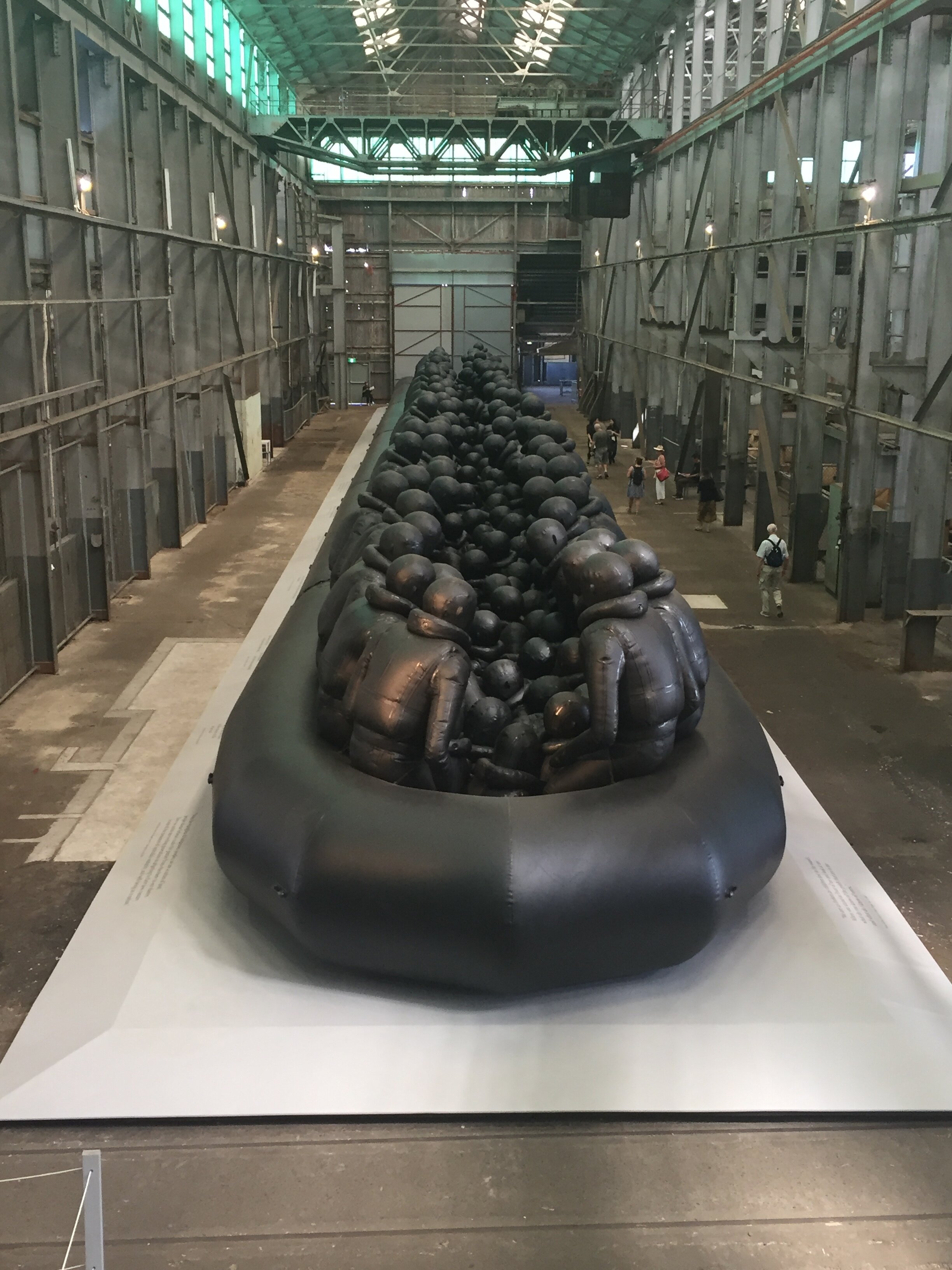

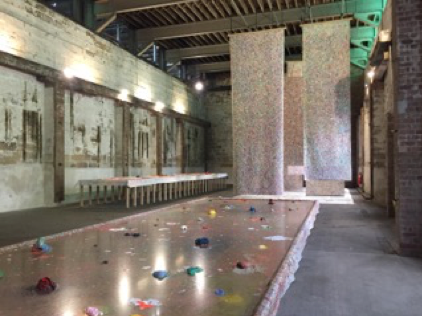
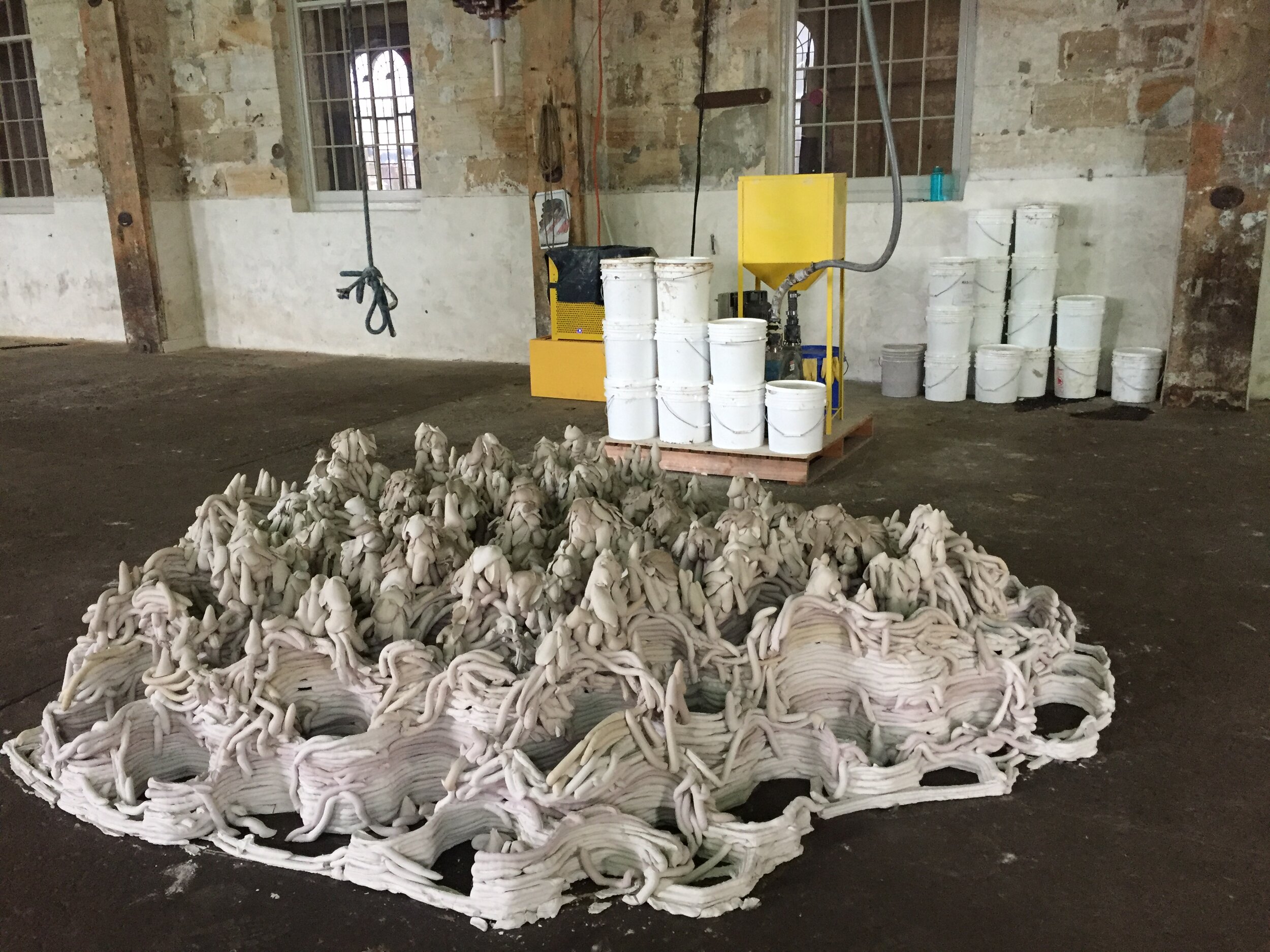
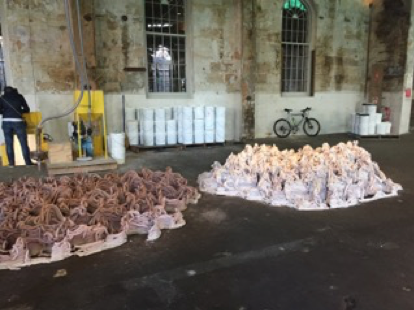
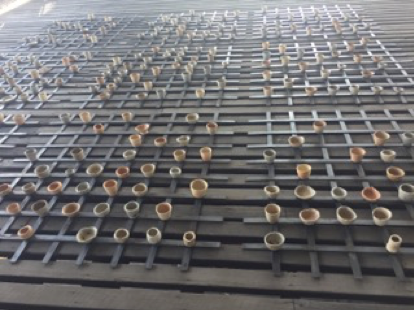
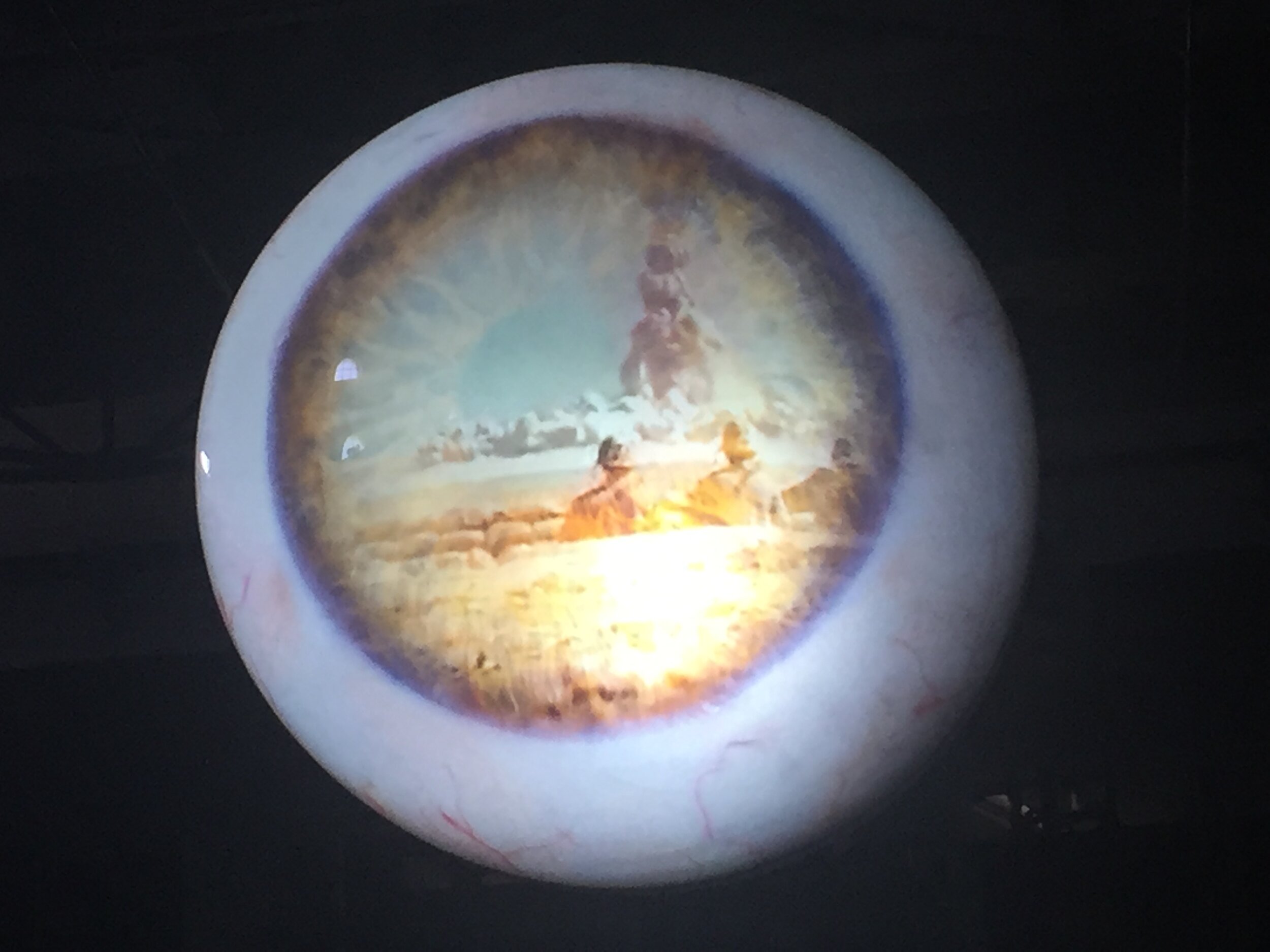
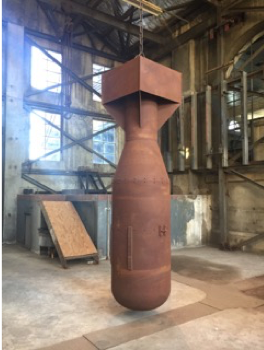

![Ai Wei Wei - Law of the Journey [Close up]](https://images.squarespace-cdn.com/content/v1/60c962a23d73d74b0bb087a9/1628144618585-12Y8OGBULAOS96BLCZ4G/Ai+Wei+Weri+2JPG.JPG)
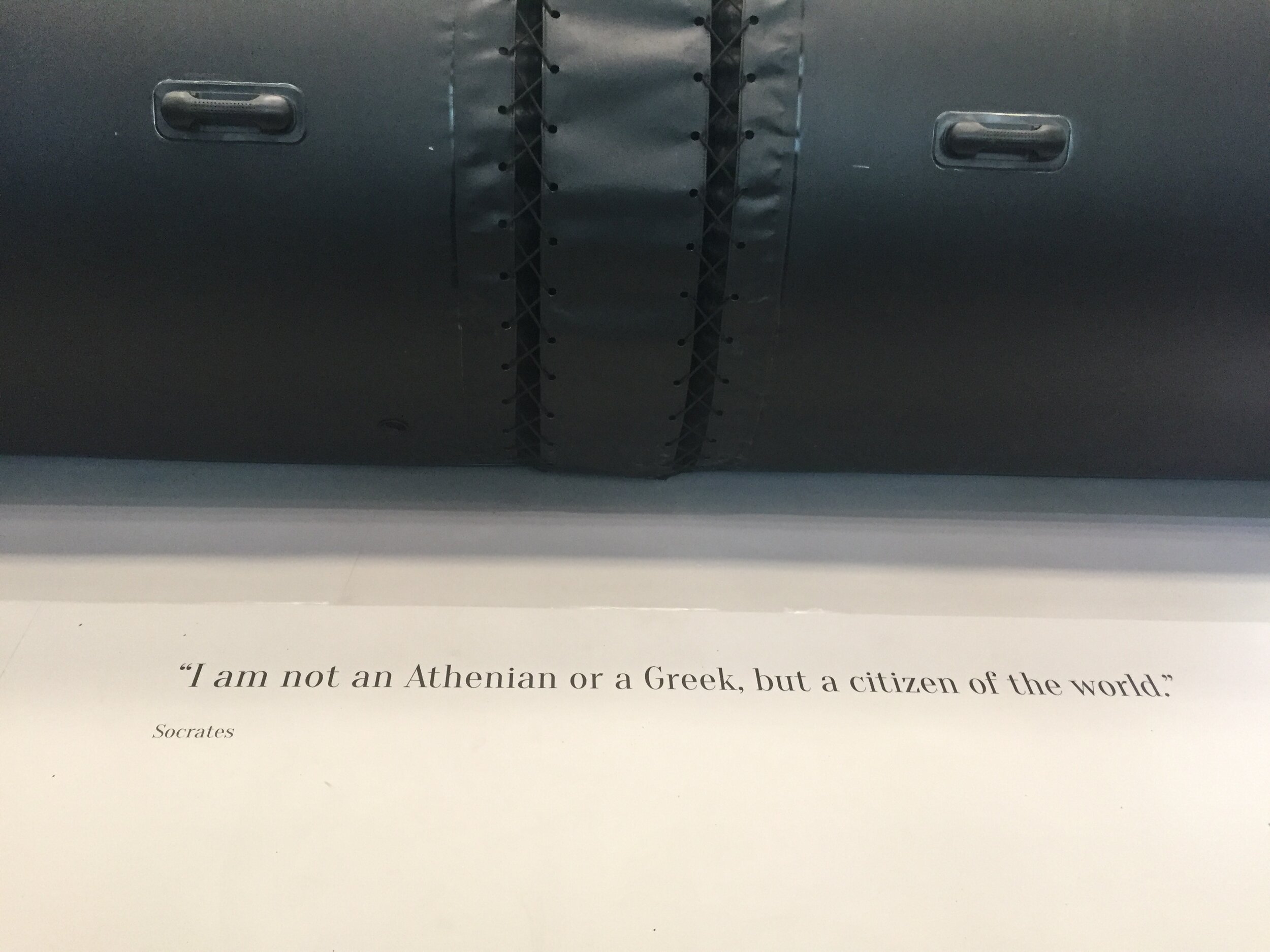
![Koji Ryu - Jamais Vu [Singing Vessels]](https://images.squarespace-cdn.com/content/v1/60c962a23d73d74b0bb087a9/1626410866980-7D64IUO7PP2IA7PQWUOO/Biennale+7.png)
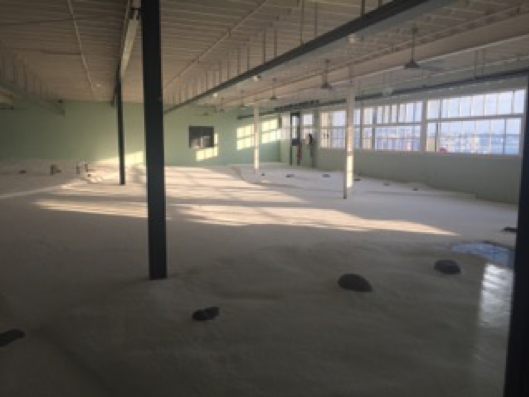
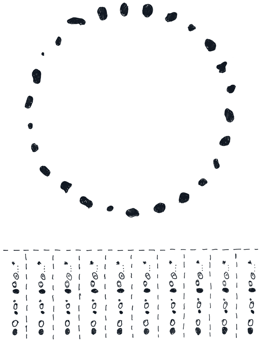

Location! Location! Location! The more I volunteered on Cockatoo Island for the 21st Sydney Biennale the more I appreciated its brilliant setting and industrial history; a perfect place to showcase a huge range of experimental artworks. I relished being immersed in and among these works; it was a treat! Engaging with visitors from many backgrounds was stimulating and rewarding as was meeting and working with my fellow volunteers. The 2018 Biennale theme was SUPERPOSITION Equilibrium & Engagement.
Art evolves, as do we. While sitting with an installation, I often felt moved by the passion of the work. This gradual osmosis led to a deep appreciation of the artwork as I became more aware and attentive to the different processes and the connections involved. Having time to absorb the detail and to rest in the presence of the art often led me to ponder beyond the piece. Mit Jai Inn’s huge, colourful canvases in Planes or Anya Gallaccio’s transformative clay models of Devil’s Tower, Wyoming (Beautiful Minds), come to mind here. I confess I did not always understand the works but, as many artists say, what is more important is to “feel” them. And that, I certainly did.
Paradox of place
I enjoyed learning about Cockatoo Island’s history during my shifts. Its industrial history, notably shipbuilding (and a former girls’ home), complemented the diverse artworks and emphasized the paradox of place. Yasmin Smith explored ecology and the local environment through her ceramic pots and mangrove branches and, presented in the old Timber Drying Store, they accentuated time both past and present. TS Eliot’s verses spring to mind -
“Time present and time past
Are both perhaps present in time future,
And time future contained in time past.”
Observing Yukinori Yanagi’s powerful and thought-provoking Landscape with an Eye in the old Powerhouse, was full of irony given our current turbulent and power hungry times. I observed that many (retired?) engineers who came to see this former power hub were also fascinated by the archival footage of nuclear bomb testing.
I found it quite confronting to listen to the continual loop of the bombing noises accompanying Yanagi’s images and often wondered what happened to the men in these photos. How long did they live? What kind of life did they have post testing?
Artist Yanagi, I note, lives and works in Hiroshima. Another of his works was a replica of a nuclear bomb called Absolute Dud (below).
Favourites
I had three favourites. Given my interest in asylum seekers Ai Wei Wei’s vast Law of the Journey was a natural highlight and it did not disappoint. The setting in the huge cavernous Turbine area was perfect for this massive rubber boat with the 260+ anonymous rubber refugee figures. It stirred up interest and comment, always! Most visitors were impressed and/or uncomfortable with Ai Wei Wei’s message of “There’s no refugee crisis, but only a human crisis.”
On my first shift one lady said she would send a photo of the boat to Peter Dutton, our current Immigration Minister. I wonder if she did! Interesting that several Chinese visitors asked whereabouts in China was the boat made? Noone could find the answer.
The many quotes on the base surround, from Kafka to Socrates, challenge us to think about the plight of refugees and the nature of being human. The accompanying film was incredibly thought provoking and Law of the Journey by Ai Wei Wei was well worth viewing. I enjoyed reading about Ai Wei Wei’s background in the book Ai Wei Wei Speaks –interviews about his artistic life with curator Hans Ulrich Obrist. His father, Ai Qing, a renowned Chinese poet and activist was exiled to a remote are in the 1950s. Father like son?
In contrast, Koji Ryui’s, site-specific meditative work Jamais Vu, with its Singing Vessels was joyful and calming. I loved it when a group Year 11 boys were memorised by the sounds and situ.
Ryan Gander’s snowscape street (Whitton Drive) Cheshire, UK, drew me in every time. Fascinating and alluring, there was always something new to discover. I was bowled over to discover that the 26 stones form a new typeface Set in Stones and are based on pebbles his daughter found on Aldborough beach, Suffolk. Not to mention the miniature model of the Dog Leg Tunnel (and green thread) which captured the minds of young and old. Who is this Ryan Gander? I read an article which began with “There’s conceptual art and then there’s Ryan Gander.” Hmm!
Overall these works challenged me to move outside my comfort zone and delve into the artists’ creative minds. It was rewarding to sit with the works, take in their presence and make some space for them within my own mind. A James Baldwin quote was sent to me recently: “Artists are the only people in society who can tell that society the truth about itself.” How true! As well, these installations have nudged me to consider new realities and creative paths for myself – for which I am very grateful. Art evolves as do we. A big thank you to all the artists, Frances, Lucy and the Sydney Biennale team and fellow volunteers for my very positive experience.
(All photos are mine).